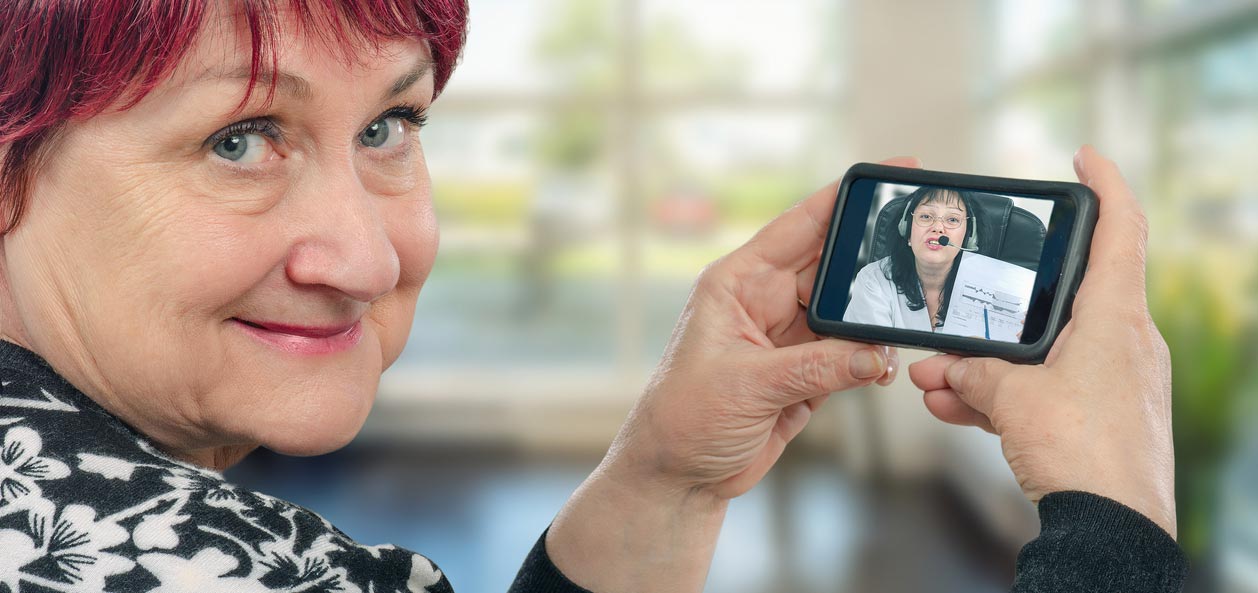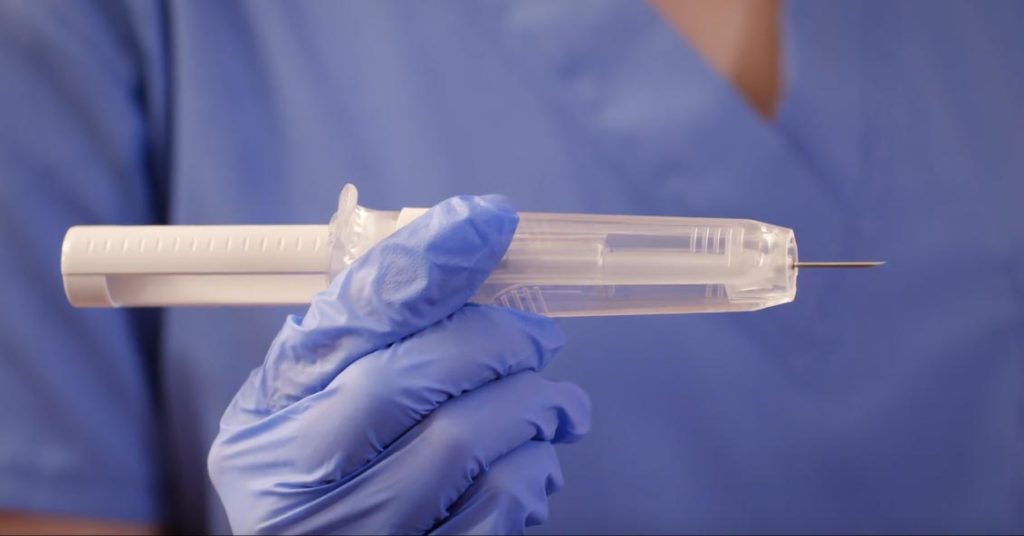How COVID-19 is Changing NET Treatment in the U.S.
Home » For Patients old » Living with NETs » Coronavirus Disease (COVID-19) Outbreak » How COVID-19 is Changing NET Treatment in the U.S.

The coronavirus pandemic is straining health care systems around the United States (U.S.), with vast differences from community to community.
As the number of cases expands, health care access is changing for many NET patients. This article overviews some of the most common changes. Given that every individual’s situation is different, it is important to talk to you your health care team about how the coronavirus outbreak may affect your care.
NET-specific Therapy
The North American Neuroendocrine Tumor Society (NANETS) held a panel discussion on April 2, 2020, in which members discussed the factors clinicians can consider in risk/benefit calculations for NET treatments including surgery, chemotherapy, somatostatin analogs, and peptide receptor radionuclide therapy (PRRT) in individual patient situations.

Complying with your injection schedule
Many NET patients receive regular injections at their doctors’ offices. Talk to your health care team if you’re concerned about keeping your injection appointments to practice social distancing. Don’t stop or change your treatment schedule without first consulting with your health care provider. Together, you can discuss the impact of missed or delayed injections. You may also want to ask your care team about home injections.
- Ipsen offers a home injection program for lanreotide, through its IPSEN CARES® program at (866) 435-5677.
- Novartis offers a mobile administration program for long-acting octreotide through its Patient Assistance Now Oncology (PANO) program at 1-800-282-7630.
These programs allow treatment to be administered in the home by a trained nurse. To participate, your physician needs to refer you to a home injection program. Medicare, Medicaid, Kaiser, and other insurance plans may not cover home injection programs. As a first step, contact your health insurance provider to learn about coverage.
Since every patient’s situation is different, decisions about treatment during COVID-19 should be individualized. Talk to your health care provider about your symptoms, treatment history, and co-occurring chronic conditions to see what makes the most sense for you right now. See if there are alternative therapies to consider. Explore the pros and cons of all your options. Then, think about what is most important to you. Through open dialogue with your care team, you can come to a decision that best suits your needs and concerns.
U.S. hospitals taking precautionary measures
WHAT TO EXPECT
Due to CDC guidance, your treatment facility may have made changes due to COVID-19, including:
- Some entrances may be closed. Open doors may be covered or tented to accommodate screening. Staff may ask about your health, symptoms, or check your body temperature before allowing you access to the building.
- Individuals with cough or cold symptoms may be directed to use different entrances or waiting rooms. Those with active respiratory symptoms may be asked to wear a mask.
- Signs and staff will ask you to practice good hand hygiene and cough etiquette.
- There may be restrictions on where caregivers or visitors can go. Only patients may be allowed to enter patient care areas.
WHAT TO DO
If your appointment will take place as scheduled, check your health care provider’s website before leaving so you can learn about any changes in entrances, parking, or visitation policies. In addition, plan to arrive much earlier than usual. Protect yourself during your visit to a health care facility. Use any available hand sanitizers, masks, or handwashing areas.
Avoid touching surfaces like doorknobs, elevator buttons, faucet handles, or handrails. Wear gloves if you can. Or use a sleeve, paper towel, or paper napkin to open doors or flush toilets. In waiting room areas, avoid touching chair backs, tabletops, or reading material. If possible, disinfect the surfaces close to you with wipes, clean your hands regularly, and avoid touching your face. Bring your own pen/pencil, paper, and snacks from home if possible.
Technology playing a more significant role in communicating with health care providers
WHAT TO EXPECT
To contain the spread of COVID-19, health care providers are replacing in-person visits with technology. You may need to:
- Use advice telephone lines, patient portals, online self-assessment tools.
- Call ahead to be screened over the phone by office/clinic staff about your symptoms before seeing your health care provider.
- Have telephonic or telehealth interactions with your health care provider. Telehealth uses his videoconferencing, internet streaming, and mobile apps to help patients and their health care providers communicate. Many states in the U.S. are adopting regulations to expand the use of telehealth because of COVID-19.
WHAT TO DO
If you haven’t yet registered to use your health care provider’s patient portal, check their website for information. Some patient portals allow you to message your health care provider and request appointment changes or prescription refills. Download any needed telehealth apps on your phone or tablet. Get familiar with these digital tools so you can use them to maintain communication with your care team.
A March 17, 2020 article by AARP.org explained how and why telehealth is critical during the COVID-19 outbreak. Reach out to your health insurance provider to find out your coverage for telehealth. Medicare and other plans cover certain services, but the specifics vary by state and insurance plan.
Listen to this NETWise podcast on the role of telemedicine in cancer care due to COVID-19.
Being your own advocate
With the health care system under such tremendous pressure, you may find you need to be more active and proactive in your care. We’ve assembled a few tools to help you to be more empowered in advocating for your needs with care providers and insurance providers.
- National Organization for Rare Disorders webinar on Self-Advocacy and Care Coordination featuring Laran Hyder, NETRF Director of Patient Education and Outreach.
- NorCal CarciNET Community
- LACNET’s NET VITALS tool
- Patient Advocate Foundation
Maintaining communication with your care team may take increased persistence and patience in the coming weeks. Being prepared with information and questions in advance may help you to make the most of the time you do get with your care team. Learn more about talking to your doctor.
Staying up-to-date on COVID-19
The COVID-19 outbreak is rapidly changing. Aspects of the content may have changed since it was published. To stay abreast of the situation, follow these trusted resources for the latest information:
Netrf.org terms and conditions: This information is not intended as and shall not be relied upon as medical advice. The Neuroendocrine Tumor Research Foundation encourages all users to discuss any information found here with their oncologist, physician, and/or appropriate qualified health professional.
